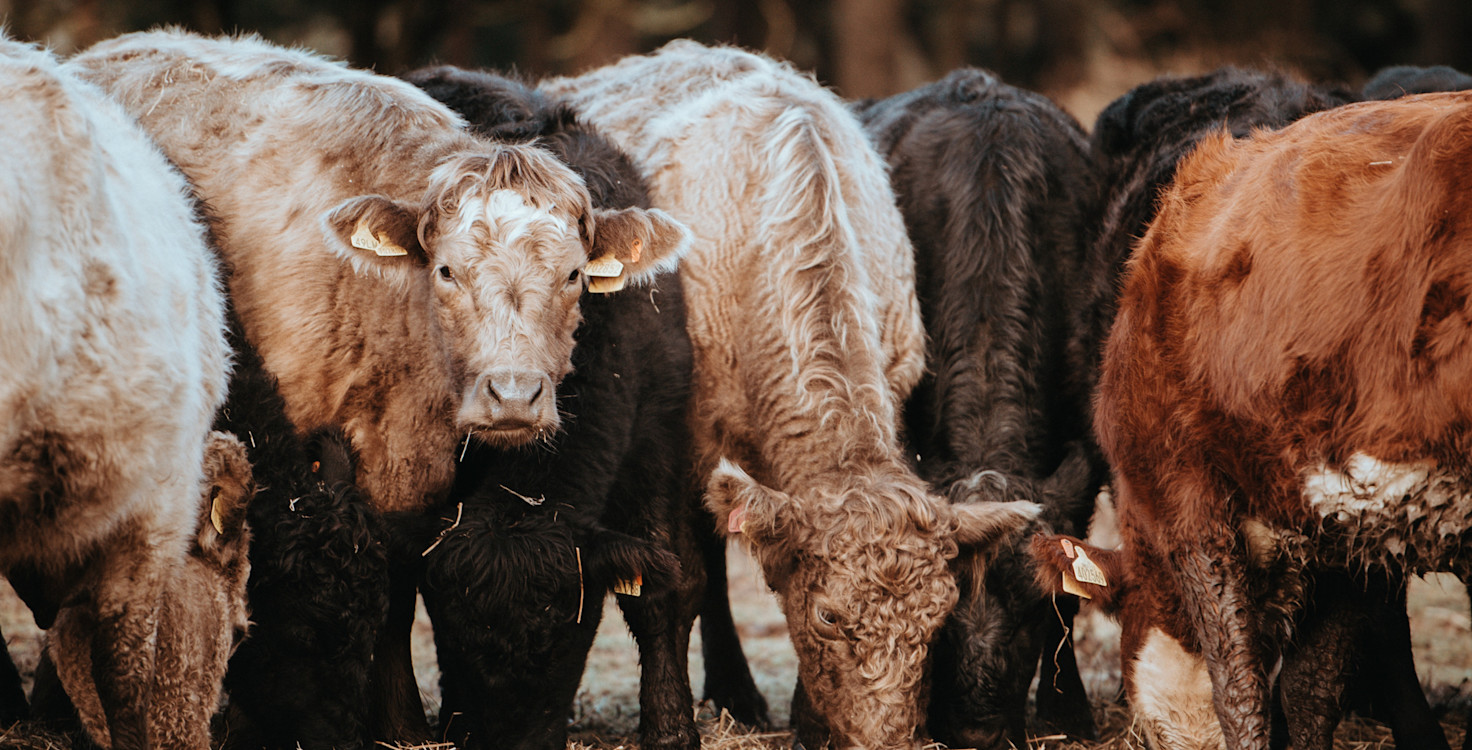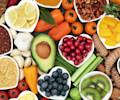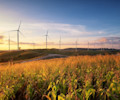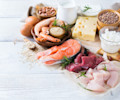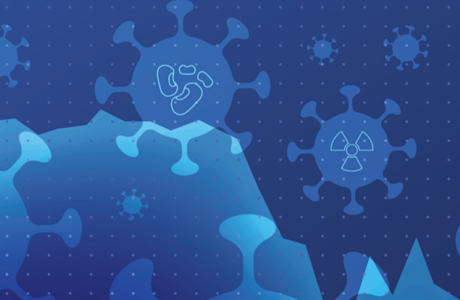The impact of the UK foot and mouth crisis in 2001
The agricultural crisis caused by the foot and mouth outbreak in the UK in 2001 was of huge concern to the public and a significant detriment to farmers, and investors. The outbreak saw more than 2,000 cases of the disease in farms across most of the British countryside. In order to halt the spread of the disease, more than 6 million cows and sheep were killed.
While the UK was by far the worst hit nation by the outbreak, several cases of foot and mouth disease were reported in Ireland and mainland Europe following unknowing transportation of infected animals from the UK. Worst hit, was the Netherlands which slaughtered more than 250,000 cattle after 25 cases of foot and mouth disease were suffered. France then suffered two cases, while Ireland also suffered one case in a flock of sheep. Fears of a continent-wide pandemic then emerged and Belgium, Spain, Luxembourg and Germany all carried out precautionary slaughters.
The material risks of food scandals
For agricultural investors, the outbreak highlighted the dangers associated with the meat market’s labyrinth supply chain. While the outbreak was eventually contained, the potential for it to have snowballed across the continent was there. By the time the disease was halted in October 2001, the crisis was estimated to have cost the United Kingdom £8bn (US$16bn).
Meanwhile, the crisis also raised concerns that the agriculture industry has failed to learn from its mistakes. The 2001 outbreak caused about as much harm to the UK’s agriculture industry as the previous outbreak of foot and mouth disease back in 1967. An inquiry into the outbreak found that authorities had so much difficulty responding quickly enough because of the high level of cattle movement in the modern-day market.
FAIRR insights are written by FAIRR team members and occasionally co-authored with guest contributors. The authors write in their individual capacity and do not necessarily represent the FAIRR view.
